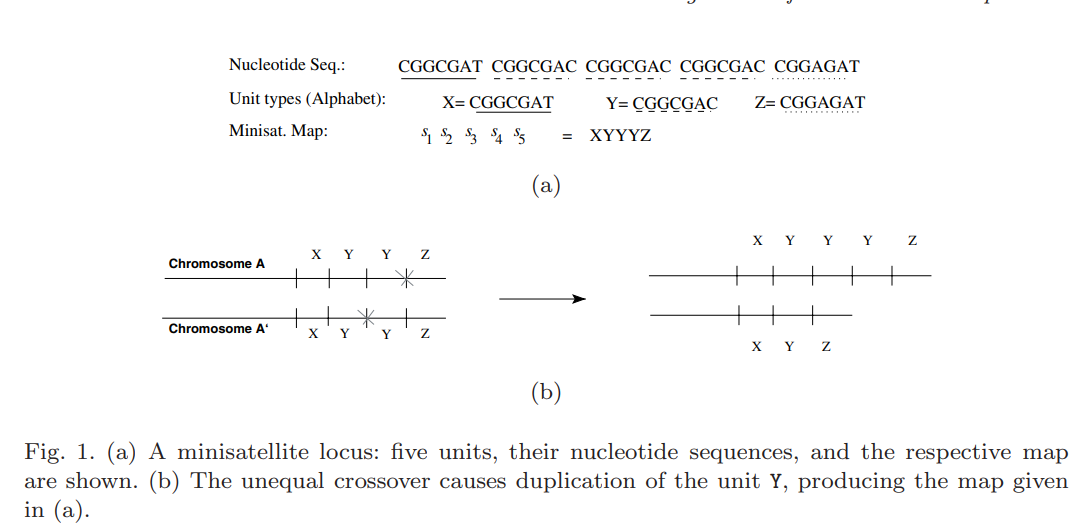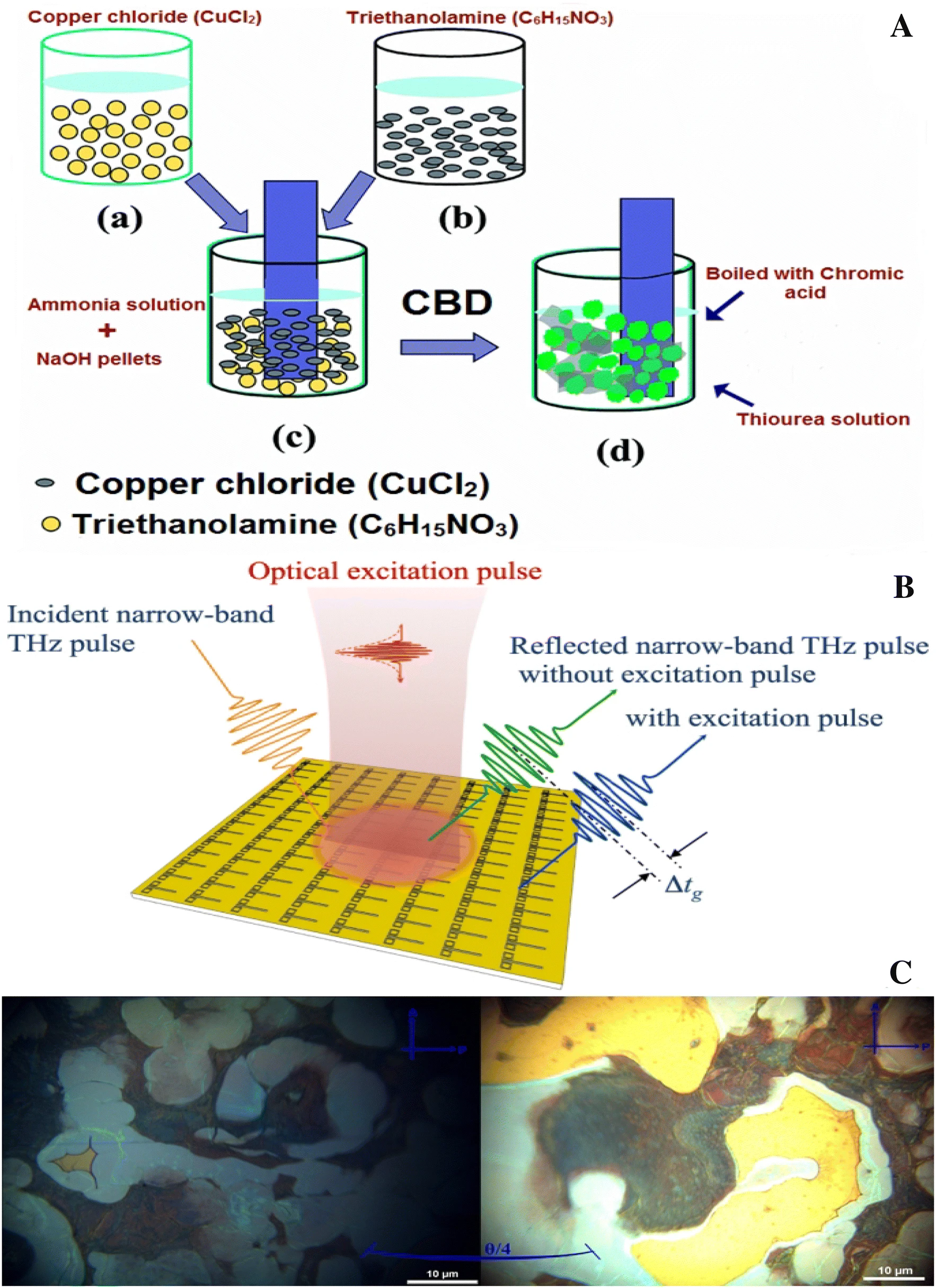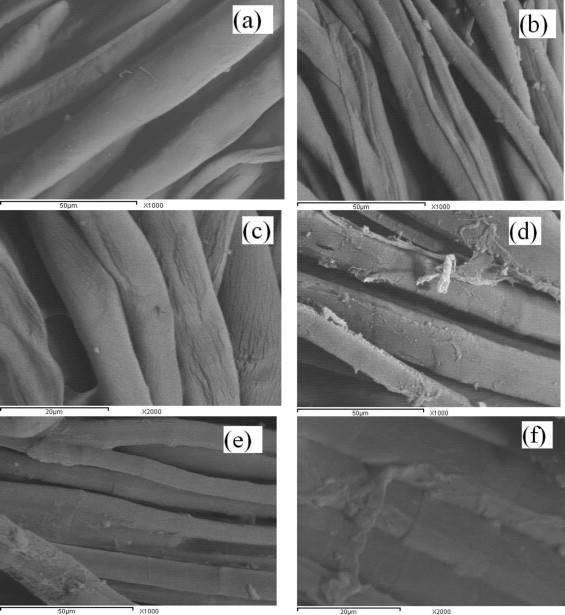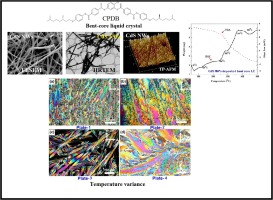Breadcrumb
Fractional canny edge detection for biomedical applications
This paper presents a comparative study of edge detection algorithms based on integer and fractional order differentiation. A performance comparison of the two algorithms has been proposed. Then, a soft computing technique has been applied to both algorithms for better edge detection. From the simulations, it shows that better performance is obtained compared to the classical approach. The noise performances of those algorithms are analyzed upon the addition of random Gaussian noise, as well as the addition of salt and pepper noise. The performance has been compared to peak signal to noise

Guest editorial mission critical networking
[No abstract available]
Comparative study of fractional filters for Alzheimer disease detection on MRI images
This paper presents a comparative study of four fractional order filters used for edge detection. The noise performance of these filters is analyzed upon the addition of random Gaussian noise, as well as the addition of salt and pepper noise. The peak signal to noise ratio (PSNR) of the detected images is numerically compared. The mean square error (MSE) of the detected images as well as the execution time are also adopted as evaluation methods for comparison. The visual comparison of the filters capability in medical image edge detection is presented, that can help in the diagnosis of
Cad tool for two-digit ternary functions design
Ternary number, which attracts the research attention for its high capacity, has emerged in many applications, recently. Unlike binary numbers, two bit ternary number involves 93 = 729 different functions while two bit binary number involves only 42 = 16 different possible functions. In this paper, a novel automatic software description two bits ternary functions design tool is presented. Different examples are provided and synthesized to ternary logic circuits. Finally, the presented logic circuits are verified by SPICE simulation using carbon nano-Tube (CNTFET) transistors. © 2019 IEEE.
FPGA Speech Encryption Realization Based on Variable S-Box and Memristor Chaotic Circuit
This paper introduces a new encryption/decryption scheme based on a dynamic substitution box concept. Values of the proposed S-Box are different for each sample depending on the behavior of a memristor-based chaotic system. MATLAB simulations and FPGA implementation for the circuit are presented with throughput 4.266 Gbit/s. Also, FPGA realization for encryption/decryption scheme is proposed. Entropy, MSE, correlation coefficient tests are applied on two different input files to examine the efficiency of this cryptosystem. © 2018 IEEE.

Alignment of minisatellite maps based on run-length encoding scheme
Subsequent duplication events are responsible for the evolution of the minisatellite maps. Alignment of two minisatellite maps should therefore take these duplication events into account, in addition to the well-known edit operations. All algorithms for computing an optimal alignment of two maps, including the one presented here, first deduce the costs of optimal duplication scenarios for all substrings of the given maps. Then, they incorporate the pre-computed costs in the alignment recurrence. However, all previous algorithms addressing this problem are dependent on the number of distinct

Advanced materials and technologies for supercapacitors used in energy conversion and storage: a review
Supercapacitors are increasingly used for energy conversion and storage systems in sustainable nanotechnologies. Graphite is a conventional electrode utilized in Li-ion-based batteries, yet its specific capacitance of 372 mA h g−1 is not adequate for supercapacitor applications. Interest in supercapacitors is due to their high-energy capacity, storage for a shorter period and longer lifetime. This review compares the following materials used to fabricate supercapacitors: spinel ferrites, e.g., MFe2O4, MMoO4 and MCo2O4 where M denotes a transition metal ion; perovskite oxides; transition metals

Growth dynamics of CBD-assisted CuS nanostructured thin-film: optical, dielectric and novel switchable device applications
The microcrystal structure of copper sulfide (CuS) nano-structured ultra-thin film was prepared on glass substrate from aqueous ammonia solution and sodium hydroxide at 60 °C using a simple and cost-effective chemical bath deposition (CBD). The powder X-ray diffraction method was used to characterize the hexagonal structure of the prepared CuS thin-film. While, surface morphology and surface topology were investigated by scanning electron microscopy (SEM) and atomic force microscopy (AFM). The optical properties were investigated by using UV–visible absorption spectrum. The electronic

Novel chitosan-ZnO based nanocomposites as luminescent tags for cellulosic materials
Novel chitosan-ZnO composites have been synthesized as luminescent taggants for cellulosic materials. The synthesized chitosan-ZnO nanospheres (CS-ZnO NS), chitosan-ZnO-oleic acid quantum dots (CS-ZnO-oleic QD) and chitosan-ZnO-oleic acid:Eu3+ doped nanorods (CS-ZnO-oleic:Eu3+ NR) were characterized by X-ray diffraction, photoluminescence spectroscopy, FTIR spectroscopy and transmission electron microscopy. The prepared luminescent CS-ZnO composites were used in printing paste and applied to different types of papers and textiles by using screen printing technique. The colorimetric values of

Reliable optoelectronic switchable device implementation by CdS nanowires conjugated bent-core liquid crystal matrix
Enhancing the performance of high luminescent and dielectrically capable cadmium sulfide nanowire (CdS NW) is of great importance, because of their promising ability in analyzing the dimensionality and size. The tuned physical characteristics of semiconductor CdS NWs allowed the manipulation of both electronic and optoelectronic devices at the nanoscale by dispersing a new bent core (BC) liquid crystal (LC) compound. This was derived from a 4-chlororesorcinol central core unit with two terephthalate based rod-like units carrying chiral (S)-3, 7-dimethyloctyloxy (namely ‘CPDB’) terminal chains
Pagination
- Previous page ‹‹
- Page 2
- Next page ››
